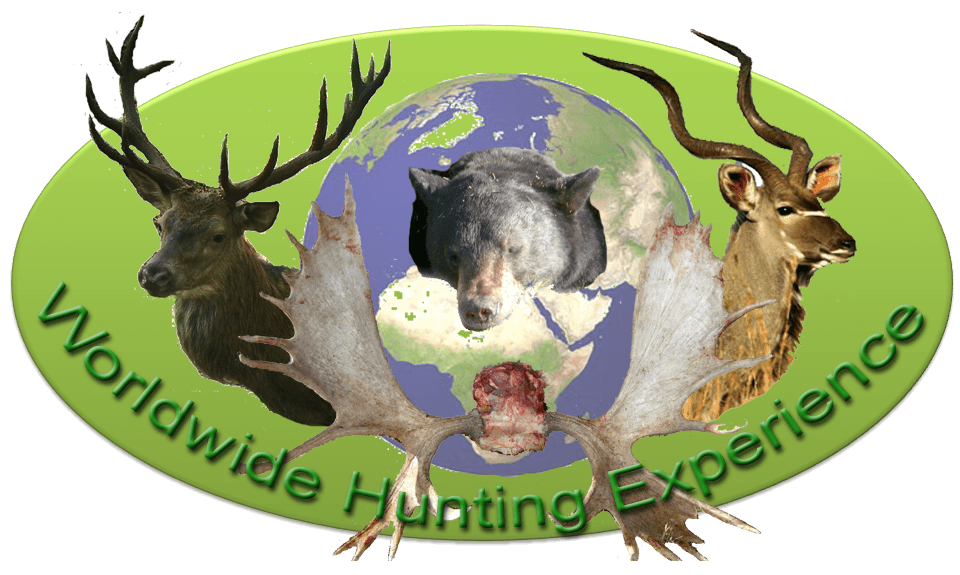REDSTAG
Physical characteristics and distribution
Body length: females: 130 – 180 cm, males: 200 – 230 cm
Weight: females: 90 – 150 kg, males: 100 – 250 kg
Life expectancy: 20 years
Distribution: Europe, Asia, North Africa
Habitat: forests, treeless plains
Species: not endangered
Weight: females: 90 – 150 kg, males: 100 – 250 kg
Life expectancy: 20 years
Distribution: Europe, Asia, North Africa
Habitat: forests, treeless plains
Species: not endangered

Appearance
Between the numerous subspecies, it can lead to significant size differences. However, the look is very similar in all red deer: they have a strong body with a wide chest. The neck is slim, the head long and narrow. The eyes are dark, the ears are long and tapering. The red deer stands on long, strong legs and has a tail about 25 centimeters long. The coat may vary depending on the season, gender and age. In summer it has a hazel-brown color, in winter it is gray-brown. Male red deer grows with the onset of sexual maturity an antler. It can reach considerable dimensions and weigh up to 15 kg. The males drop their antlers each year after the mating season. The formation of the new antlers takes about 100 days.
Reproduction and development
In August, the male red deer leave their pack and go in search of the females (deer cows). They cover up to 120 kilometers. If the deer has found a pack of females, it remains in the territory of this pack. He is now called the top dog in his rutting territory. The stag defends his females aggressively against rivals and marks his territory. After mating, the female is pregnant for almost eight months. For the birth it separates from his pack. It usually gives birth to a baby (calf). Twin births are possible, but very rare. The calf weighs about ten kilograms and has a reddish-brown coat with white spots. Red deer are nest-breeders. Just a few hours after birth, the calf can stand. However, the first few days it remains rolled up on the ground when the female foraging. Only then does it begin to follow the mother. The calf is nursed by the mother for at least half a year. As soon as the doe becomes pregnant again, she drives off her offspring. Females are mature at the age of five, males only about two years later.
Lifestyle and behavior
Red deer are very social animals and live together in packs. The size of the pack varies depending on the food supply. A pack can contain more than 100 animals. The packs are separated by gender outside the mating season. Deer cows and their offspring form so-called wild game packs, the males form deer packs. Only old deer sometimes live as loners. Red deer roam their territory mostly in the shelter of darkness. Feeling safe, they are also active during the day. Red deer are very happy to move. Young animals play a lot, adult deer and cows are perennial runners. They attach great importance to personal care; especially the wallowing in sand or mud is important for the animals.
Feeding
The red deer is a pure herbivore. It feeds mainly on grasses, herbs, leaves and branches. In times of lack he is also satisfied with mosses or lichens. Outside the mating season, the animals are almost exclusively concerned with food intake. They eat seven to nine hours a day. Red deer are ruminants. This activity takes up to five hours a day. Red deer take in more than ten kilograms of food and about nine liters of water per day. In winter, the food supply for the deer in Central Europe is no longer sufficient. It has to be fed by the hunter so that the animals can survive.
Hunting style, equipment and countries
The red deer is widespread in Central and Southern Europe as well as in parts of Asia and South America and New Zealand. The type of hunting differs little depending on the country because usually the Ansitz on promising sites and the stalking hunt is used. If allowed, you can also confuse deer. The most exciting hunt is the hunting in the rut in which the Rothisch can be brought to the stand with the Hirsch call.
Hunting trip Countries
IF YOU HAVE QUESTIONS OR ARE INTERESTED IN A MEDIATION OFFER FOR HUNTING TRIPS AND HUNT FOR RED DEER, PLEASE CONTACT US VIA EMAIL OR CONTACT FORM.
All offered trips are arranged by us and carried out by our partners as organizers.
